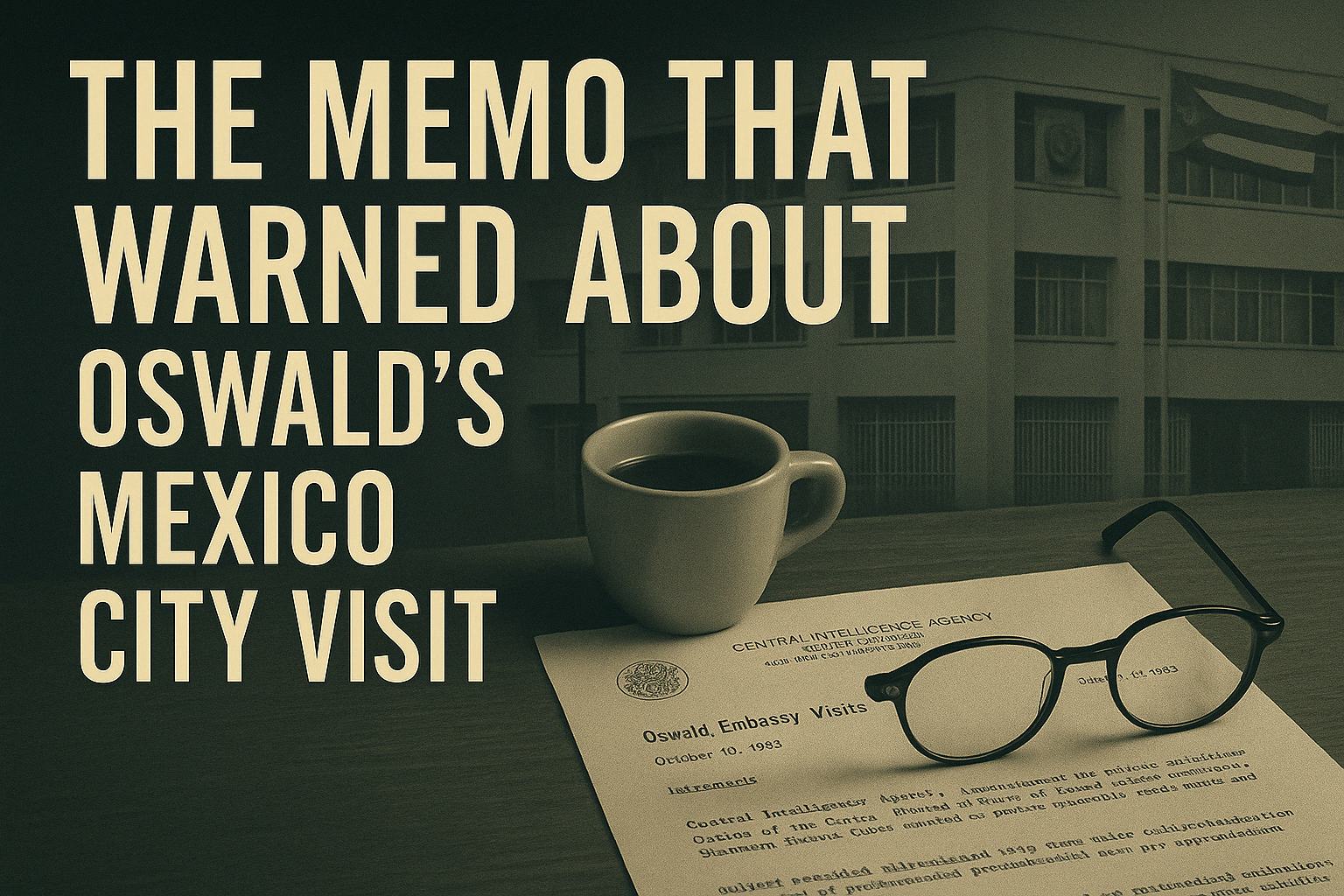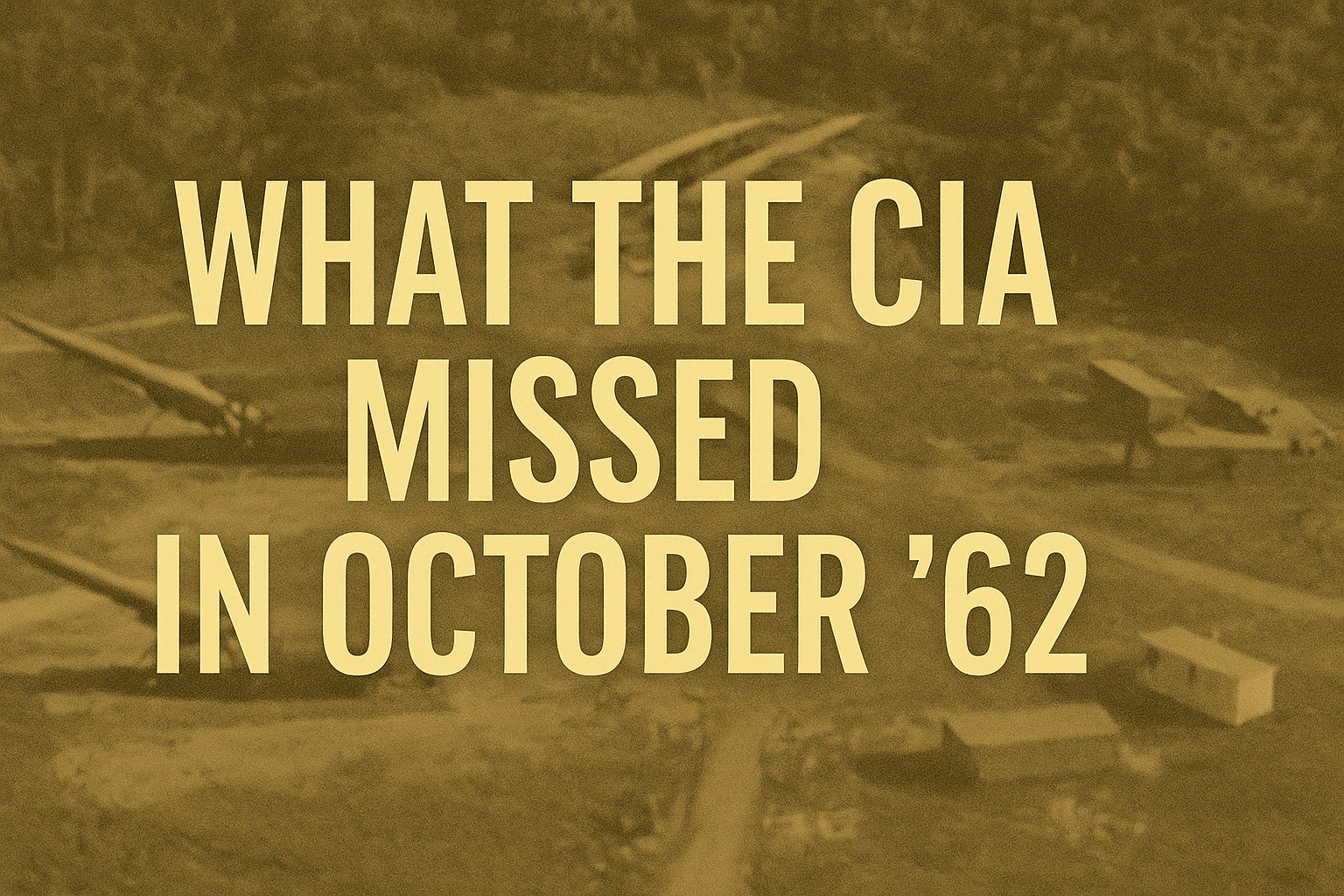Among the newly declassified 2025 JFK files is a CIA memo dated October 10, 1963, detailing Lee Harvey Oswald’s visit to the Soviet and Cuban embassies in Mexico City.
The memo highlights concerns about Oswald’s intentions and suggests increased surveillance, but no action was taken.
🕵️♂️ Oswald’s Embassy Visits Raise Alarms
The memo, authored by a CIA officer stationed in Mexico City, reports that Oswald visited both the Soviet and Cuban embassies in late September 1963. During these visits, he allegedly sought visas to travel to Cuba and the Soviet Union, expressing frustration over delays.
The officer notes:
“Subject exhibits agitation and determination to secure travel documents. His behavior suggests potential for unpredictable actions.”
🛑 Recommendations Ignored
The memo recommends that Oswald be placed under closer surveillance and that information be shared with the FBI. However, there is no evidence that these recommendations were acted upon. Oswald returned to the United States shortly thereafter, and no additional monitoring was implemented.
📄 Memo Buried in Bureaucracy
Despite the memo’s urgency, it was filed under routine correspondence and did not reach higher authorities in time.
The lack of follow-up raises questions about inter-agency communication and the handling of potential threats.
🧩 A Missed Opportunity
This memo represents a missed opportunity to assess and potentially mitigate a threat.
The failure to act on the recommendations underscores the challenges in intelligence sharing and threat assessment during that era.


